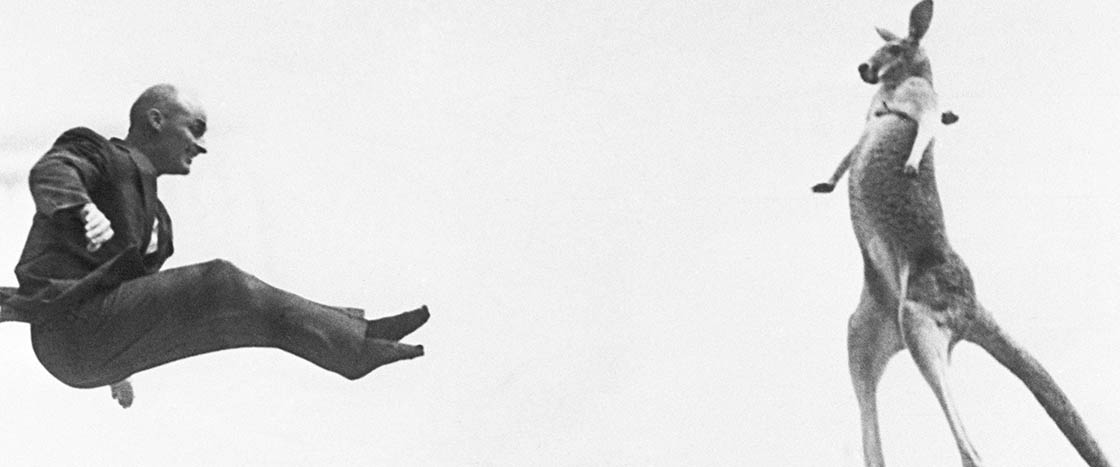It was 1930, and 16-year-old George Nissen was at the circus, watching a trapeze show. But Nissen wasn’t watching the performers flipping and twisting high up in the air. His eyes were glued to the safety net stretched below them. At the end of each routine, the trapeze artists would let themselves fall into the net, which caught them like a springy mitt and sent them back up into the air.
Now that looks fun, Nissen thought.
In that instant, the idea for the trampoline was born.

